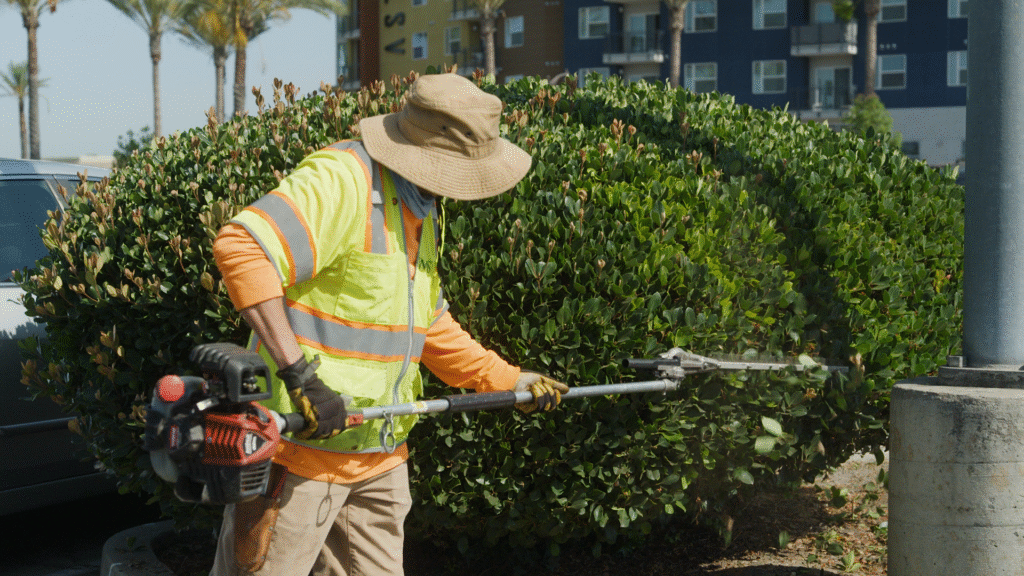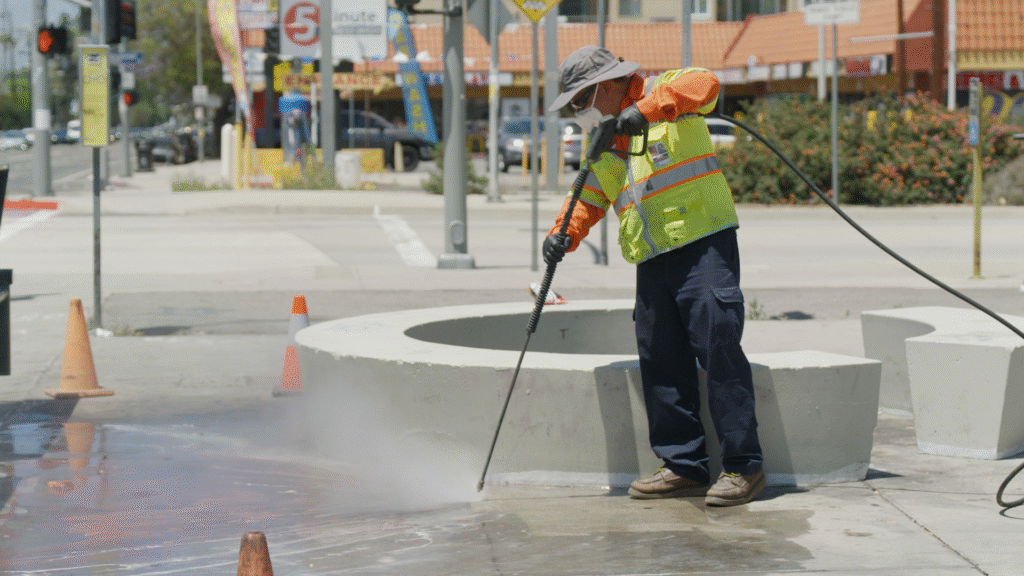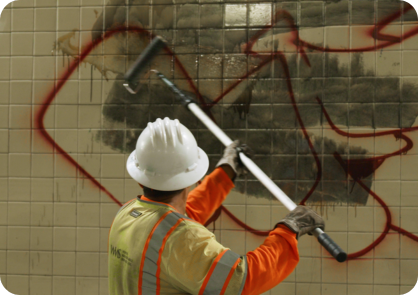Introduction
Vegetation abatement in California is no longer optional—it’s legally required. With wildfires becoming more frequent and destructive, both cities and homeowners’ associations (HOAs) are under growing pressure to stay compliant with CAL FIRE and local municipal regulations. This guide explains what you need to know, how to stay ahead, and why hiring a professional abatement contractor is the safest choice.
What is Vegetation Abatement?
- The removal or trimming of weeds, overgrown grass, shrubs, and dry brush that pose a fire risk.
- Includes disposal of dead plants, tree branches, and combustible materials.
- Required annually or seasonally depending on jurisdiction.
Who Needs to Comply?
- Cities: Responsible for public spaces, right-of-way areas, and open land.
- HOAs: Must manage common areas, easements, and sometimes enforce individual homeowner compliance.
- Commercial and multifamily property owners: Must clear brush around structures and fences.
Key Regulations and Deadlines
- CAL FIRE mandates 100 feet of defensible space around buildings.
- Many cities require brush clearance by late spring (April–June).
- Non-compliance can result in citations, forced abatement, and fees added to property tax rolls.
Best Practices for Year-Round Compliance
- Perform quarterly property inspections.
- Keep vegetation trimmed under 3 inches.
- Remove all green waste, not just cut it.
- Use eco-friendly weed and pest control solutions.
- Partner with an experienced vegetation abatement contractor.
Why Choose Woods Maintenance Services
- Licensed and insured for large-scale vegetation and trash abatement.
- Servicing both HOAs and municipal clients in Southern California.
- Emergency clearance available for code violations and fire risks.
Conclusion
Stay compliant, reduce fire risk, and avoid costly penalties. Let Woods Maintenance Services handle your seasonal or recurring vegetation abatement needs with professionalism and precision.






